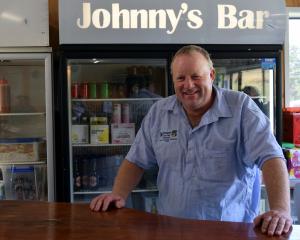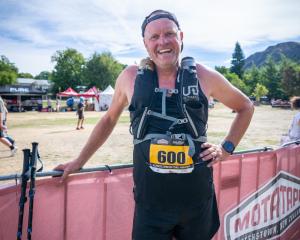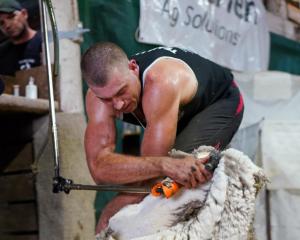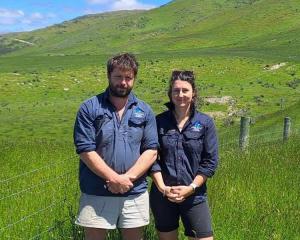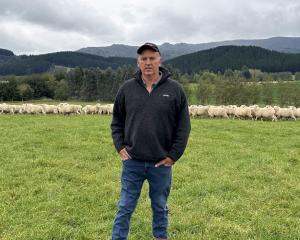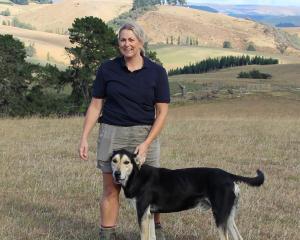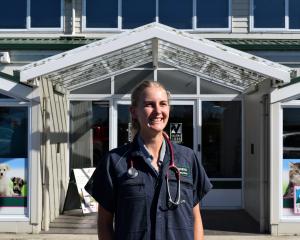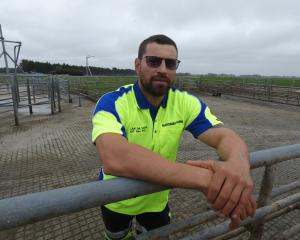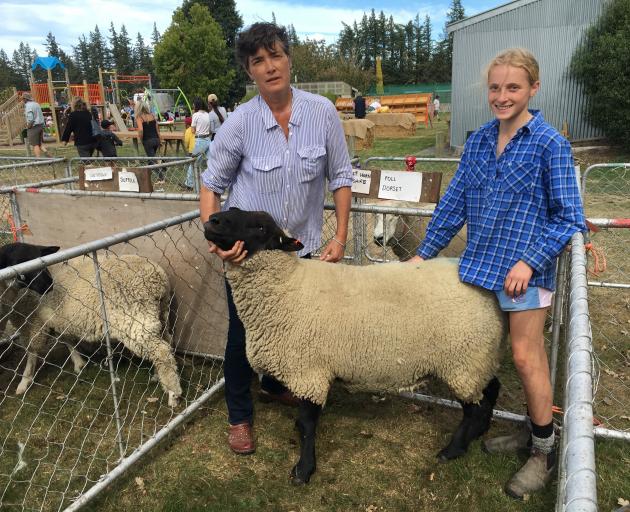
Having lived all her life at Snowdon Station, north of Rakaia Gorge, Ms Tripp said there was no disadvantage to being a woman in the high country.
"It’s probably no different from being a man in the high country, really. It’s just about what your passion is, I guess.
"It’s really important that if you’re doing something, that you enjoy it and also that you try to do it to the best of your ability.
"We are very passionate sheep farmers and we love it, and we’re very fortunate to be able to farm."
Snowdon Station was first purchased by Ms Tripp’s grandparents, after their farm was sacrificed to raise Lake Tekapo for hydro-electric power storage, and it has been in the family ever since.
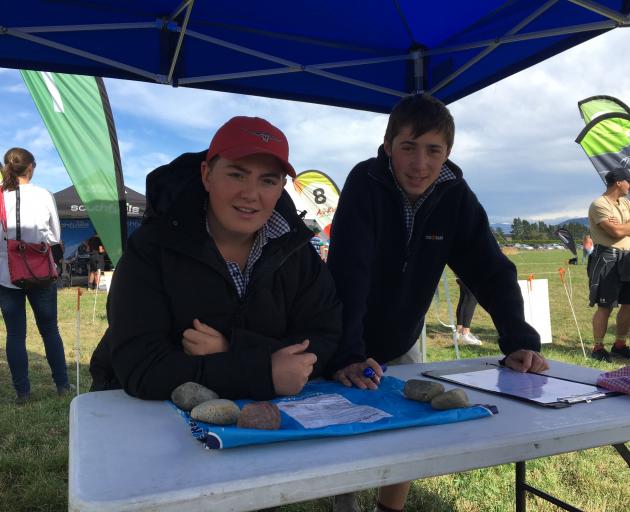
The family farmed the 2100ha, running 11,000 stock units including Perendale and Suffolk sheep studs, 6500 commercial Perendale ewes and beef cattle
"It’s a real family thing. We all spend a lot of time working in the yards looking at sheep and we’re lucky to be able to do that."
Stud sheep were run in large mobs, with structure, early growth and survivability important attributes, Ms Tripp said.
"We are very into our sheep genetics and we love our sheep and do a lot of work with our studs, and that’s what drives our commercial flock.
"We do a lot of work with performance recording with early growth in meat, so structure above all else is the most important thing.
"But then we need to know if they’ve got explosive early growth in meat and good survival, and that’s what we’re breeding for."
Suffolk rams were used as terminal sires to leave markings for easy identification of lambs, and were a meaty and quick growing breed.
The grazable area of the station was between 550 metres and 1300 metres above sea level, with an average annual rainfall of 1000mm.
There were 550ha of cultivatable paddocks, 650ha of rolling to steep hills and 900ha of steep country.
The growth season was short, with snow sometimes blanketing the farm for up to six weeks in winter, while summer was often dry.
The children were heavily involved in the farming operation, and Georgie was particularly interested in the sheep genetics and breeding, Ms Tripp said.
Joe competed in a Christ’s College team in the Junior Young Farmer of the Year Tasman region contest at last month’s Malvern A&P Show at Sheffield.
"Our children are very keen and that’s fantastic. Georgie has been helping with the stud and is very interested in the bloodlines and helps out a lot.
"It’s great to have enthusiasm from the younger generation, which is what keeps us going."



